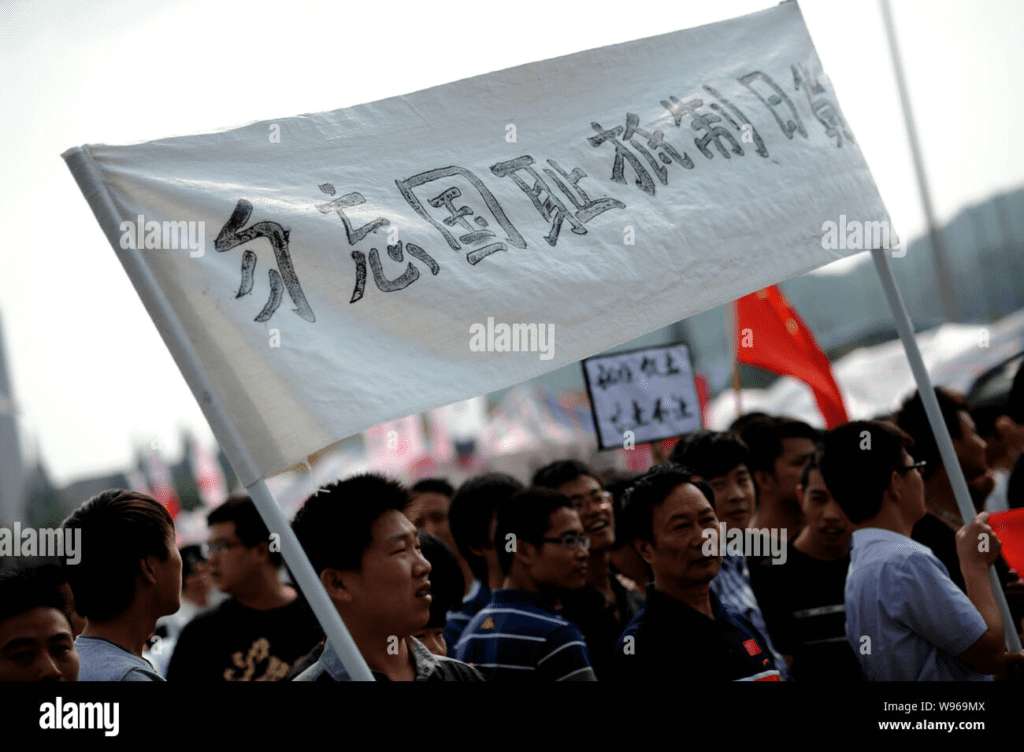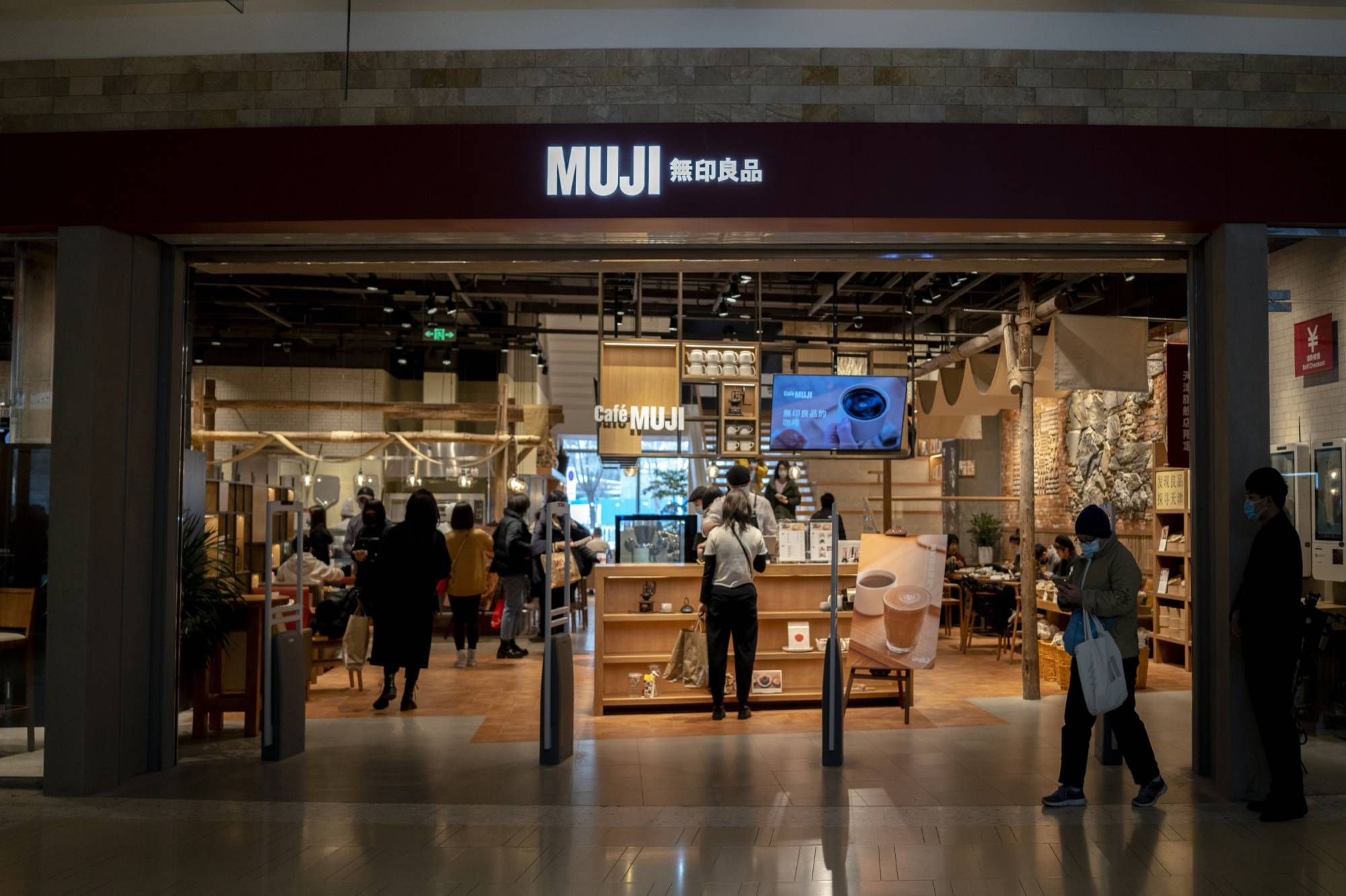Negative sentiments toward Japanese cosmetics on China social networking sites (SNS) are diminishing. Following the commencement of treated water discharge from the TEPCO Fukushima Daiichi Nuclear Power Plant into the ocean in August 2023, China not only halted imports of Japanese marine products entirely but also posed significant challenges to the sales of Japanese cosmetics, which enjoy popularity locally. However, recent trends indicate that these adverse impacts are starting to diminish.
Following the treated water release, a “don’t buy” list targeting Japanese cosmetics emerged in China and circulated widely on social media. NOVARCA (Tokyo), a company supporting cross-border e-commerce (EC) primarily in China, reported that sales for numerous brands declined by 20% to 50% in 2023 compared to the previous year.

Among cosmetics, skin care products such as lotions were most affected. President Tomonari Hamano remarked, “The association with water has had a significant impact on their image.”
The company analyzed trends in posts about Japanese skin care products on the Chinese SNS “Xiaohongshu” to monitor changes in consumer sentiment. Initially, negative posts surged from 1.5% in April 2023 to 12.7% in August when treated water was first released. Subsequently, these negative sentiments began to decrease, falling to 3.2% by March of the following year. Conversely, positive posts, which dropped to 11.3% in August 2023, rebounded to 20.2% by March of the current year, surpassing the number of negative posts once again.
Sales plummeted in 2023 partly due to the crucial role of local influencers as a key marketing method in China. Japanese companies seem to have reduced their advertising efforts out of concern that influencers endorsing Japanese products might subject them to criticism.

According to President Hamano, since the beginning of this year, “boycotts have almost subsided,” and the company has resumed using influencers. Shiseido, which faced significant setbacks in its Chinese operations, indicated during its February financial results press conference that it is “steadily recovering.” [Yuki Machino]
What is the actual status of monitoring of treated water? Detect abnormalities quickly by strengthening analysis
There have been social media posts claiming that “radioactive substances other than tritium have not been measured” regarding the release of treated water from the Fukushima Daiichi Nuclear Power Plant operated by the Tokyo Electric Power Company into the ocean. This raises questions about the actual monitoring practices and what is being accurately assessed.

The conventional monitoring efforts led by TEPCO, the Ministry of the Environment, and the Fisheries Agency involve measuring radioactive substances other than tritium in seawater and fish around the Fukushima Daiichi nuclear power plant. This includes various types such as cesium and strontium. However, due to the precise nature of measuring minute amounts of radioactive materials in samples, it typically takes about a month to obtain and validate the results.
Therefore, in preparation for the commencement of releases, starting from fiscal year 2022, each agency has expanded its monitoring efforts to specifically target tritium. This initiative includes increasing the number of monitoring locations and frequency. The aim is to prioritize swift analysis and promptly identify any anomalies in water quality.
The deception of releasing treated water into the ocean at the expense of Fukushima. Who is really responsible?
Regarding the release of treated water into the ocean from the TEPCO Fukushima Daiichi nuclear power plant accident, the government created a framework that ultimately left Fukushima’s fishermen to make the decision, thereby shifting the blame. Takeshi Hamada, a professor at Hokkai Gakuen University, discusses this issue.
I believe the practice of obfuscating the true responsibility continues. This was a topic I discussed with Mr. Hamada. [Interviewer: Takashi Sudo]

Always the fisherman in the end
It has been noted that fishermen are often pressured to make final decisions on developments affecting seas and rivers.
- Development can’t proceed without fishermen’s consent due to fishing rights. However, decisions often hinge on fishermen’s ultimate approval.
This isn’t limited to ocean discharge but extends to siting nuclear and thermal power plants.
- Accidents at nuclear plants, like Fukushima, impact more than just fishermen.
Despite this, the trend of solely placing decision-making responsibility on fishermen persists.
- The government is actively working to counter reputational damage.
The narrative is problematic. It’s assumed to be scientifically safe, so efforts focus on dissuading consumer purchases.
There’s a substitution happening. Blaming consumers obscures the accident’s initial responsibility.
This inevitably ties into the safety myth.
The embargo on Japanese seafood due to concerns over treated water has impacted bilateral relations, prompting a Japan-China summit meeting.
The Japan-China summit meeting, held for the first time in about a year, aimed to prevent further deterioration of relations. Despite focusing on the discharge of treated water from TEPCO’s Fukushima Daiichi Nuclear Power Plant, both sides agreed to promote scientific discussions at the expert level. However, there was no progress on lifting the ban on Japanese marine products. In response to a Chinese request, Prime Minister Fumio Kishida reintroduced the term “mutually beneficial relationship,” emphasizing revitalized dialogue to address unresolved issues. The government’s ability to achieve tangible outcomes on these matters remains uncertain.
Prime Minister: “A certain level of response”
At the start of the meeting, Prime Minister Kishida approached President Xi Jinping, shook his hand, exchanged a few words, and smiled. Following the meeting, he informed reporters, “We agreed to build up specific projects and implement them to foster sustainable and stable Japan-China relations. Personally, I feel a positive response.” He spoke confidently and with pride.
Coordination for the meeting continued up until the last minute, with some expressing doubts about securing sufficient time for discussions. However, when the meeting commenced, it extended for about an hour, exceeding the scheduled 45 minutes by approximately 20 minutes. There were moments when the two leaders revisited certain topics multiple times, and one attendee remarked, “It was a very engaging discussion.”
There are numerous issues between Japan and China beyond the suspension of Japanese marine product imports. In October, Chinese authorities formally arrested a Japanese employee of Astellas Pharmaceuticals on suspicion of espionage. Additionally, Chinese government vessels have been confirmed to have entered territorial waters around the Senkaku Islands in Okinawa Prefecture, and buoys have been installed within Japan’s exclusive economic zone (EEZ). Japan is growing more cautious of China, which has been escalating military activities in the East and South China Seas, as well as around Taiwan.
